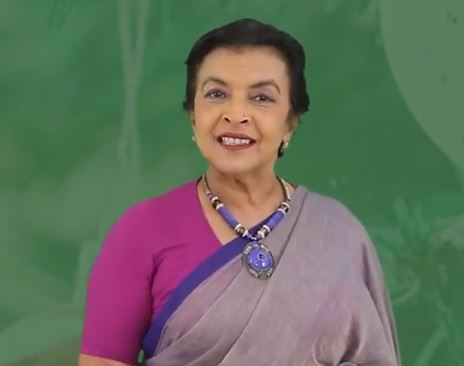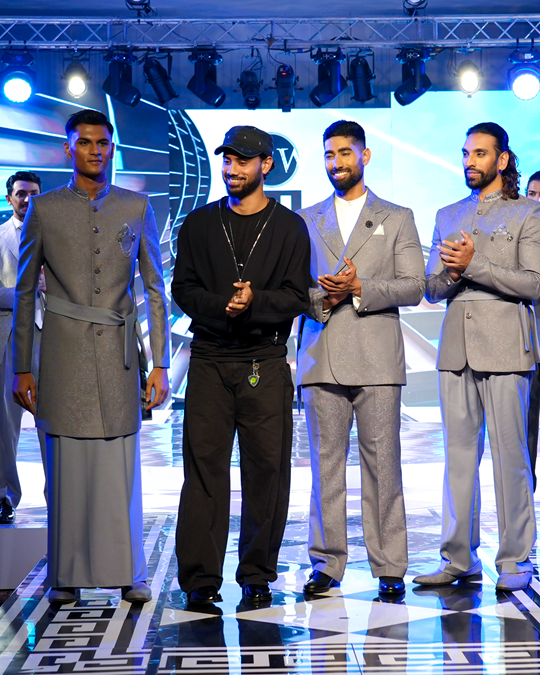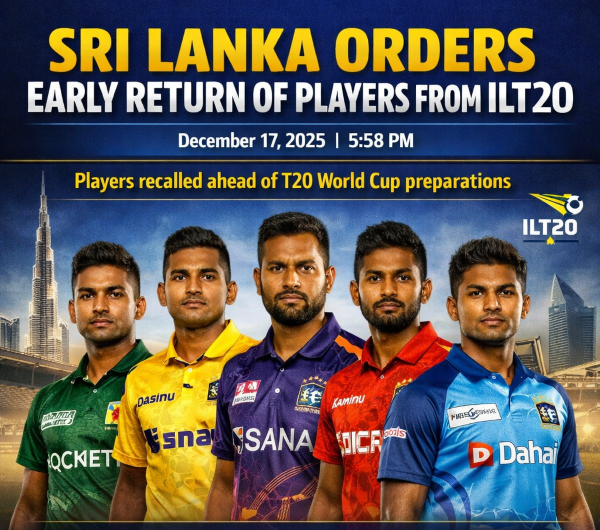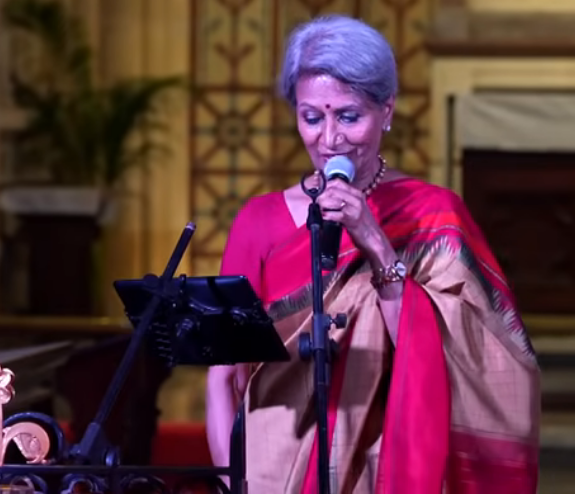Rice Banana Leaves and Lamprais – By Dr. Tilak S Fernando
By Dr. Tilak S Fernando
The response to one of my articles titled ‘Burgher Community in Sri Lanka,’ some time ago has been appreciated by many of my Burgher friends, both abroad in Australia and in Sri Lanka. My good friend, Egerton, decided to comment on it, in typical old school ‘Sri Lankan English’ as he put it by saying thus:
“My friends join me in saying a big thank you to you for your ever interesting, highly informative, authentic, brazenly outspoken and lucidity of style of your column, which acted as a ‘prophylactic’ against an exacerbated degree of hebetudinosity in this personalised Super Nova of an exalted terrain deluged with languorous survival kit,” some of which, I must admit, went completely over my head!
The most interesting part of the article was identified as the section on ‘Lamprais,’ which was referred to in a special souvenir designed as a ‘valuable keepsake’ during the 90th Anniversary of the Dutch Burgher Union Celebrations in 1998. The interesting aspect of the ‘Dutch Lamprais’ was about the menu and ingredients that went to make a comprehensive meal, along with the invention of the banana leaf, with its high porosity, used to wrap curries and sambols, much prior to the invention of polythene.
Evolution of lamprais
Despite my research on lamprais, I was unable to give a comprehensive breakdown on the history and the authentic menu due to the restriction of words in the column. However, once the article was published, a very senior Burgher friend was kind enough to send me an impressive history of the original lamprais in which he stated that ‘it was the Dutch who brought lamprais to Ceylon from Indonesia, which also had been a colony of the Netherlands till about seven decades ago. In fact, the Dutch ruled Indonesia from around 1600 till 1949, whilst they ruled Ceylon from about 1640 to 1796.
Since polythene was not invented at that time, and paper was not suitable for wrapping all the accompaniments of rice such as curries and sambols, which tended to seep through on account of the high porosity of paper, banana leaf was utilised as an ideal alternative with its hygienic attribute as its waxy nature minimized permeability. It was found out that banana leaf did not only permit seepage, but also preserved the food wrapped in it for longer periods. The leaf was also found to impart a desirable flavour and fragrance to the rice wrapped in it, which is very distinctive in lamprais, and, in fact, makes it taste better after about 24 hours of being kept wrapped. The latest finding about the banana leaf is that it contains a high percentage of polyphenols, like in green tea, encompassing other health benefits too.
Old Dutch Recipe
My Burgher friend recalls his mother mentioning how the lamprais curry should consist of five meats, i.e. chicken, pork, beef, mutton or lamb and liver. However, the “Old Dutch Recipe” offers two options. The first choice is mutton pork and chicken, and the second with just beef and pork. His sister also seems to remember the ‘five-meat’ recipe their mother used to follow. Perhaps she (sister) may have improvised, as these special little touches were passed on from mother to daughter, and generally not put down in writing.
In the “Old Dutch Recipe” it is mentioned that apart from the curry, the “Blachung” sambol, the onion [seeni] sambol and the frikadelles, a combination of finely chopped beef and pork (compressed and immersed in a solution of beaten egg) before being fried, what is currently termed as ‘ball cutlets,’ made out of compressed beef, or a combination of beef and pork – but never with fish)! This was because these items did not get spoilt easily, due to non-availability of refrigeration, then. Now, one may use one’s discretion by including brinjal pahi and a dry ash plantain preparation as part and parcel of lamprais.
Usually, each lamprais has just a large cup of rice, with the accompaniments, which really is just the right amount for a person, as it does not make one feel too full. However, Sri Lankans tend to need more rice to fill their bellies and, therefore, the tendency has been to include more rice, these days.
My friend makes it a point to stress the fact that just because a rice meal is wrapped in banana leaves these days, it cannot be called lamprais, other than really calling it a ‘glorified packet of rice and curry’, with full pieces of chicken, coconut sambol, lunumiris, fish cutlets, hard-boiled eggs, sweetened Blachung (what was in the DBU menu) and a huge serving of rice to satisfy the Sri Lankan desire.
Commercialism
Lamprais making today appears to have lost its originality! In the olden days, the whole preparation had been a labour of love and an accomplishment of pride made and savoured almost exclusively by Dutch Burgher families till around the 1960s where each component was prepared with personal care in accord with recipes handed down from mothers to daughters, but now, even in the ‘mixed’ variety, the curry is made up mainly of chicken (as it is the cheapest meat), with a smattering of beef and pork, if at all.
When the popularity of lamprais increased, it was tainted by commercialism, and every Tom, Dick and Harry started mass producing them, with scant regard for authenticity, but charging for them outrageously, merely for the ‘brand name’. Sometimes even 5-star resorts, served up what was an absolute excuse for a lamprais.
My Burgher friend maintains that those who have not tasted the original Dutch lamprais are not qualified to comment on it or make comparisons because the only authentic lamprais in recent times, in his opinion, it was made by a husband and wife team – who have now taken retirement a few years ago, as age was catching up, and they could not cope with the demand of orders. Lamprais made by them were with all the components and personally prepared solely by them without leaving to the domestics to handle, as it is done at present.
A New Survey
Some of these revelations were surfaced after a young law undergrad, Panchali Illankoon, who is also a travel enthusiast, revealed after a survey she did in Colombo, embracing the history, and the preparation of lamprais.
In her write up young Panchali had mentioned how this ‘Dutch-Burgher influenced dish,’ which had been a staple diet in Sri Lankan cuisine for many years has become a popular meal among Sri Lankans. It was apparent, even in her survey, that the recipe had changed and developed over the years, by various food outlets in Colombo where seeni sambol and boiled eggs have been added to lamprais, and chicken meat and cutlets have substituted frikkadels.
Those senior Burghers, who have experienced and tasted the authentic Dutch lamprais, do not appear to be in total agreement with everything Panchali had divulged in her survey conducted and published under the caption “Going Dutch – The Best Lamprais in Town’. Certainly, the statements and comments that come out of the old generation of Dutch families in Colombo, who have experienced and tasted the authentic lamprais hold water, when the young who have not tasted the original Dutch recipe, appear to be the connoisseurs of lamprais, because the authentic lamprais were those lovingly prepared by Dutch-Burgher housewives up to the 1950s and 1960s.
(tilakfernando@gmail.com)




















